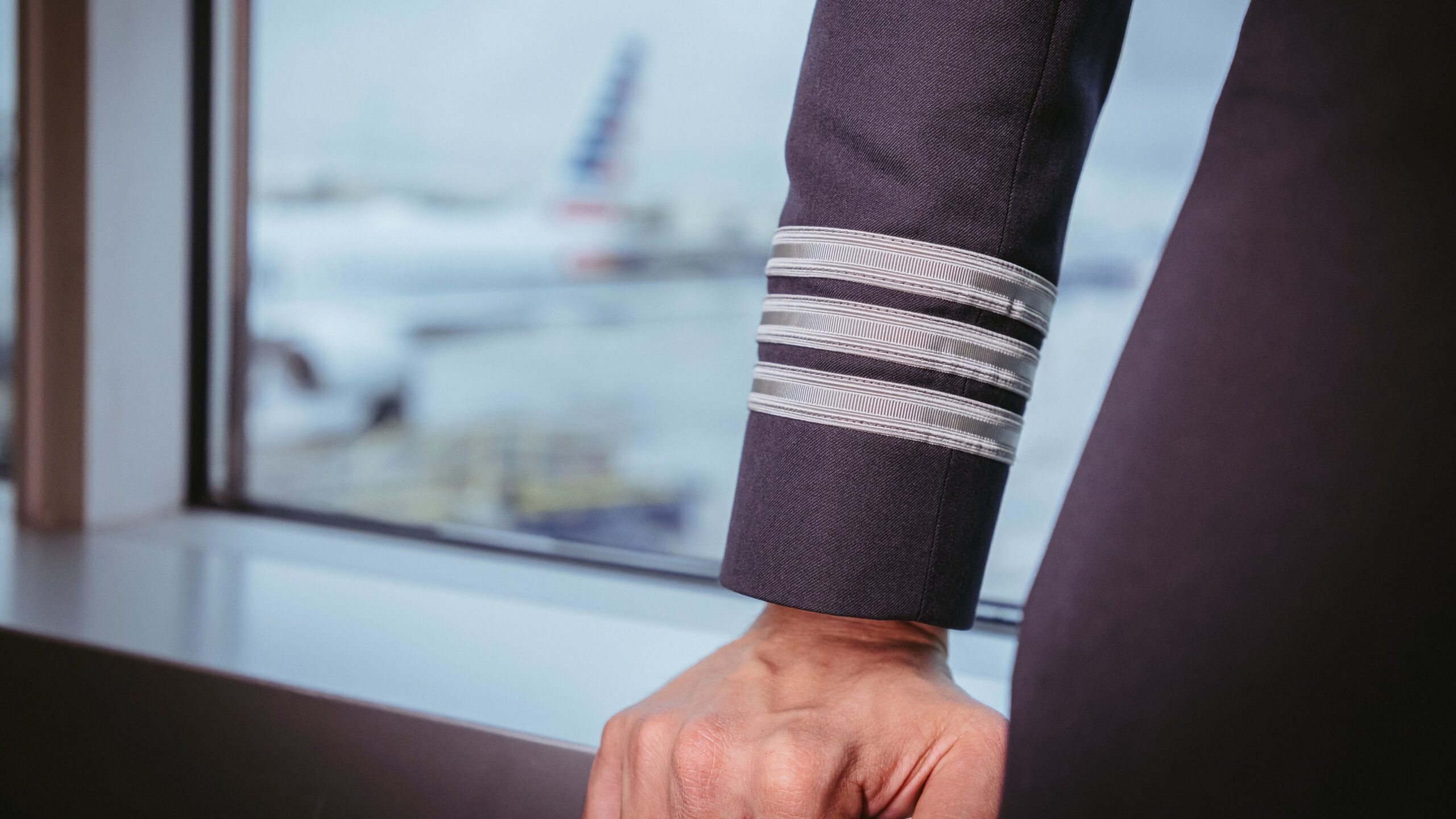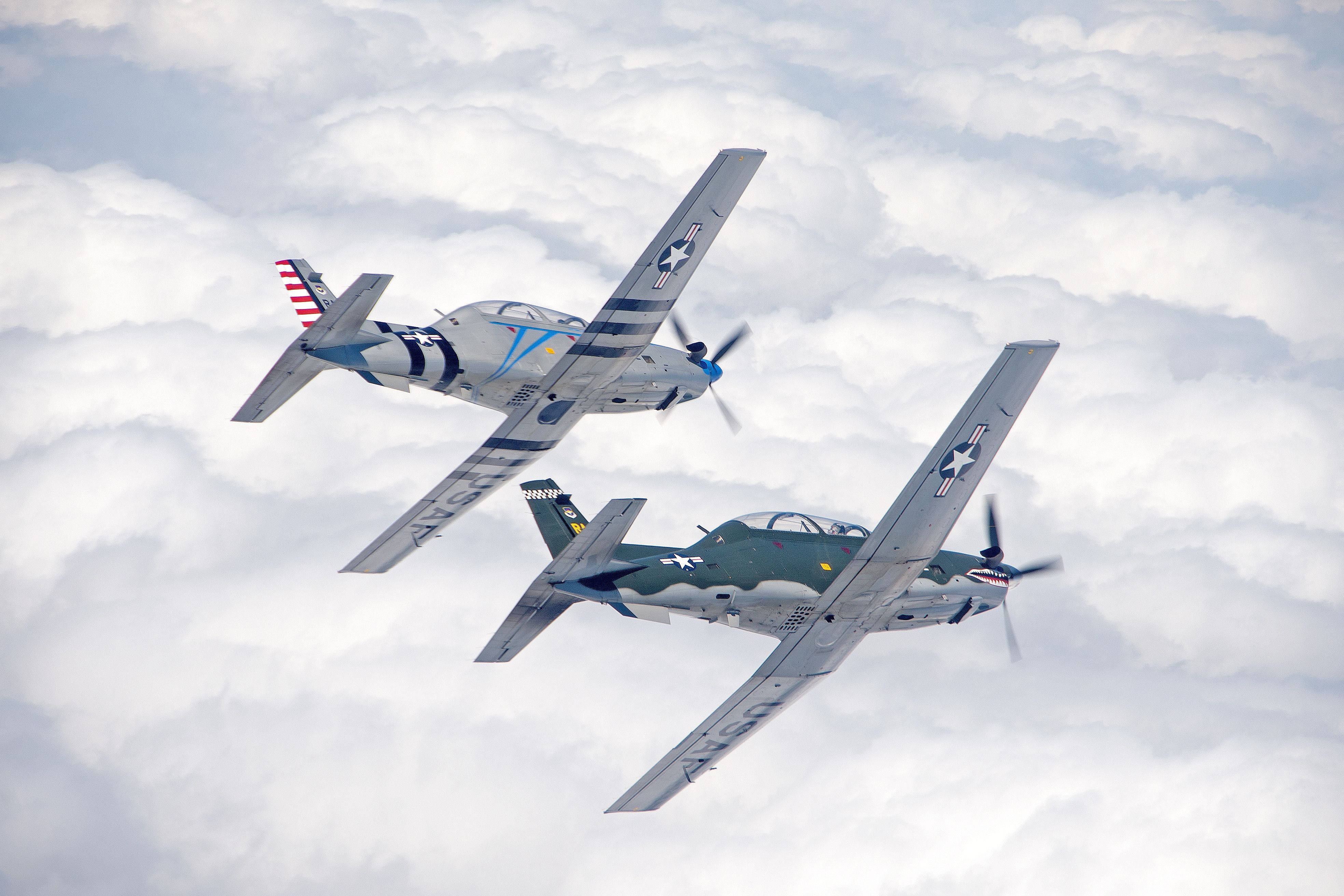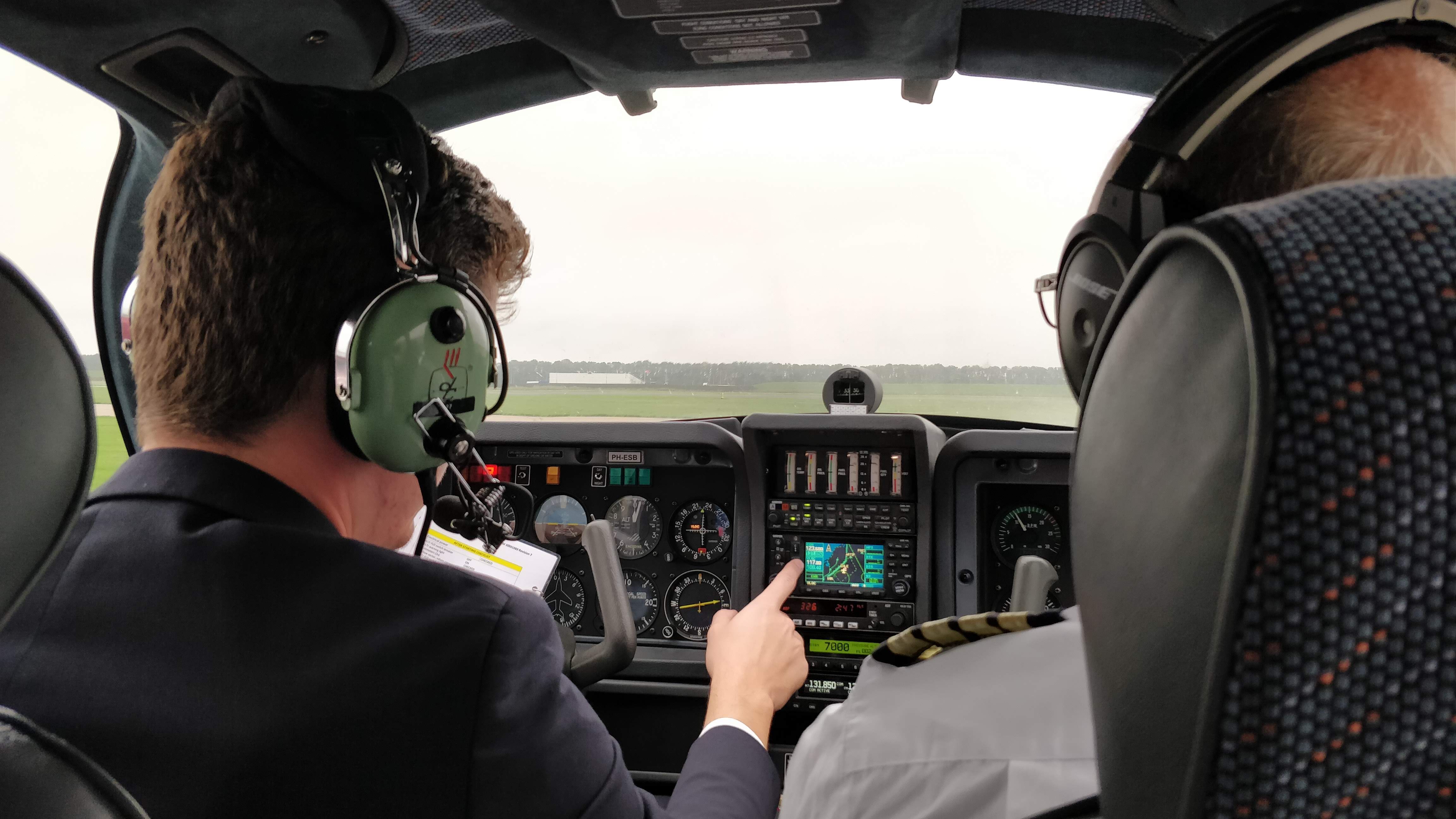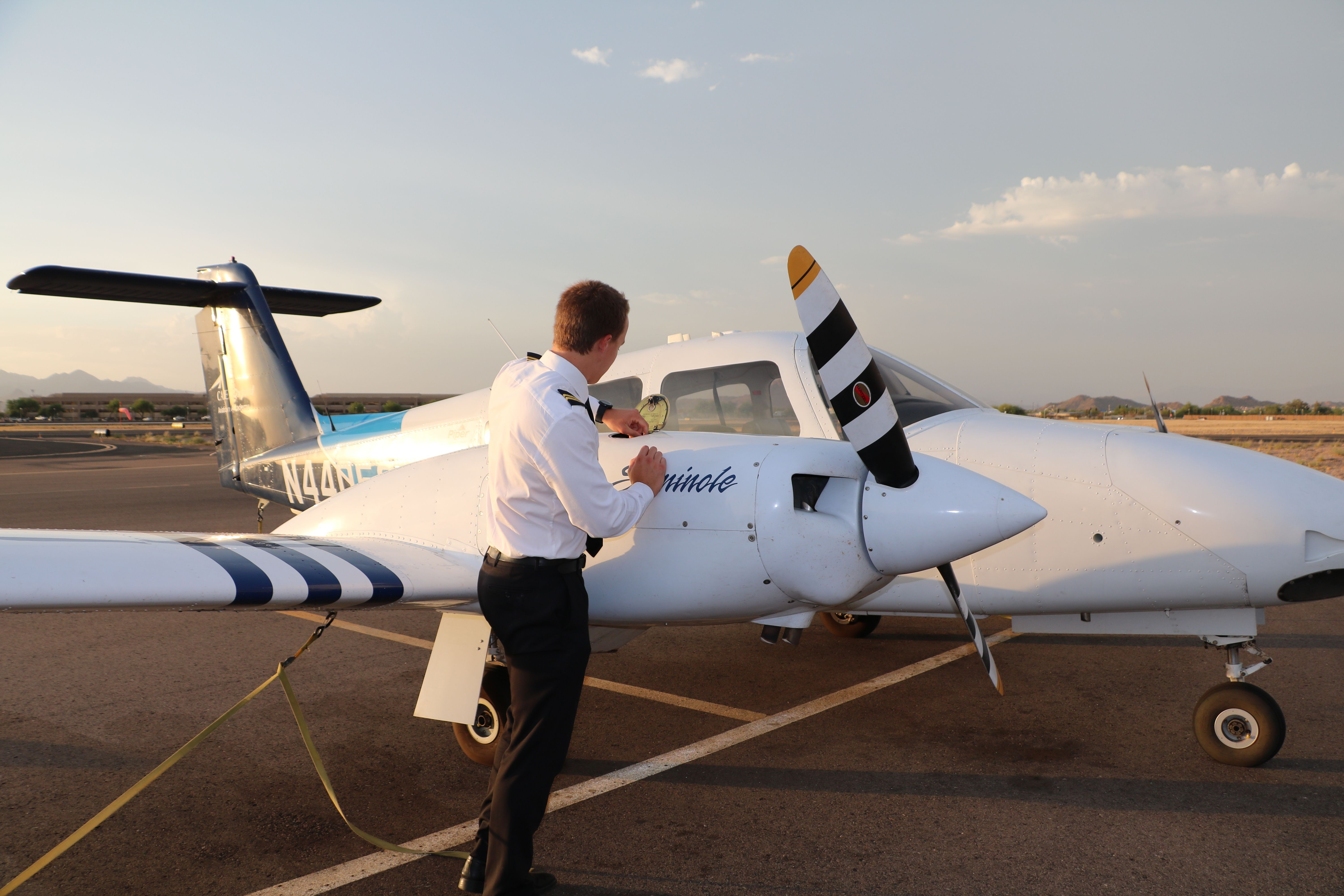Summary
- Military pilots serve 6–10 years and are eligible for the airlines after this commitment.
- Civilian pilots can complete flight training much faster, depending on the program and weather conditions.
- Building flight time as a flight instructor takes 18 months to 3 years to reach the 1500-hour FAA requirement for airlines.
A pilot’s career is among the most noble and highly sought careers. People aspire to choose a piloting career and be able to be the commander of an aircraft. It is also the most rewarding in many ways. But what does it take to become a pilot?
The path to becoming a pilot has many different routes. From the airlines’ inception until a generation ago, airlines staffed pilots primarily from military backgrounds. Nowadays, a growing majority of airline pilots are coming up through the civilian ranks. Here’s a general outline of how long it takes to become an airline pilot in the US and Europe.
Military experience
According to the US Air Force, military pilots must serve for eight years if they fly fixed-wing jets or six years if they fly an aircraft other than a jet. In addition to this existing legislation, the US Air Force currently cites a 10-year active-duty service commitment upon completion of pilot training. Training takes about two years, meaning the total time a pilot must spend in the Air Force is about 12 years (since training does not count towards the active duty requirement).
Photo: US Air Force
A military pilot must acquire civilian licenses after fulfilling their service commitment, which takes a few more months. A former military pilot with 6–12 years of flying experience is likely to have the requisite flight time (750 hours). However, they need to study for and take the Airline Transport Pilot test and complete mandatory ground school.
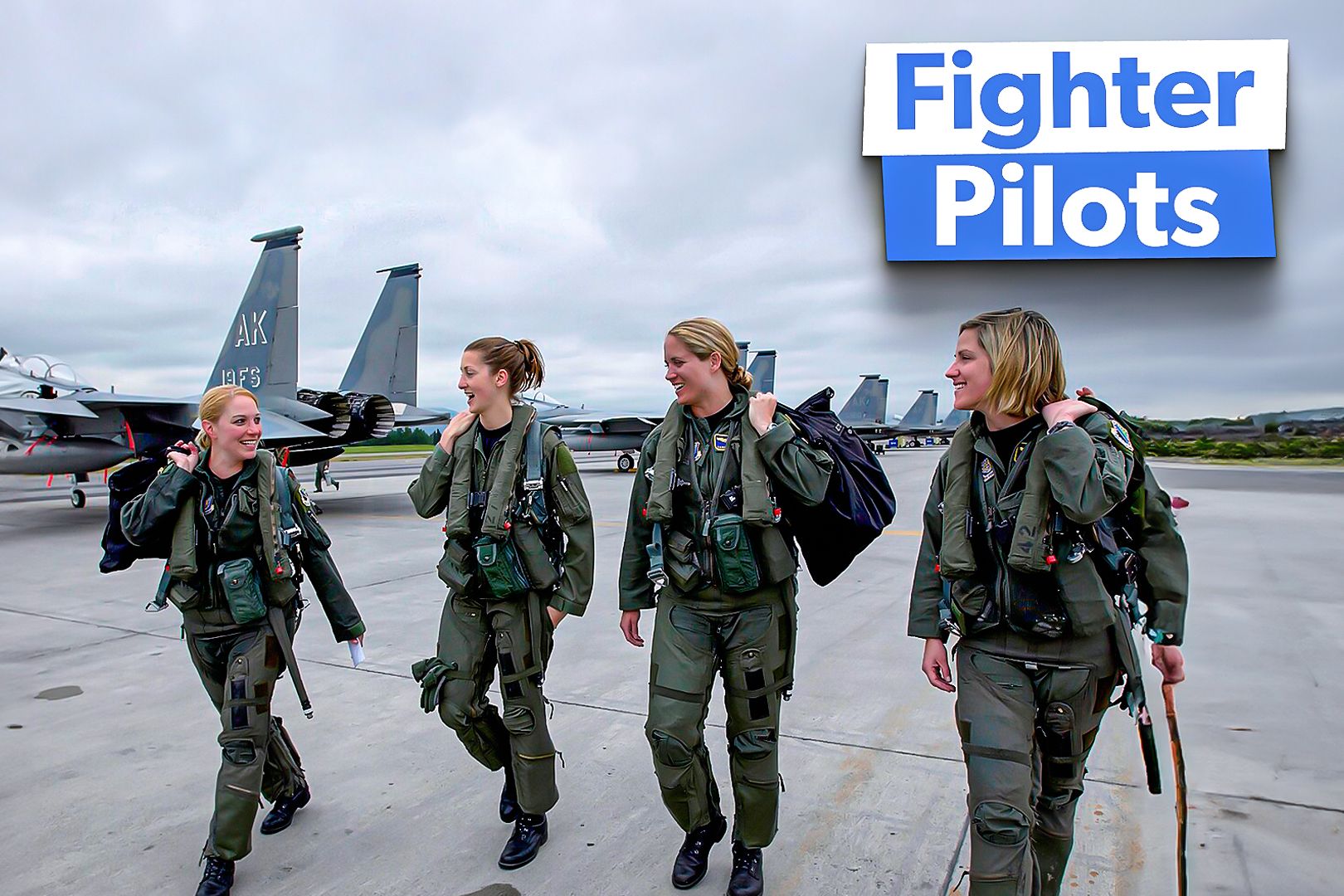
Related
Do Fighter Pilots Fly The Same Aircraft For Every Mission?
The answer is more complex than you might initially expect.
Civilian training
- Private Pilot License (PPL)
- Commercial Pilot License (CPL)
- Instrument ratings
- Night ratings
- Multi-engine certification
- Aircraft type certification
On the civilian side, flight training is marketed to take anywhere from eight months to a year to complete a full-time program. This training includes private and commercial pilot certificates, an instrument rating, and the time needed to earn the CFI rating. Some training programs include multi-engine and instrument flight instructor training, which also adds a bit of extra time. At a good flight school with a solid maintenance program, large fleet, good instructors, and location with flyable weather year-round, a student can earn all their ratings (short of an ATP) in just over a year.
Photo: venuswix | Shutterstock
New pilots with airline aspirations need to choose their desired path to time-build after finishing flight school. Flight instructing is generally considered the most efficient way to build time, but many new pilots do not want to instruct. Alternatives include flying photography missions (aerial survey), pipeline patrol, banner towing, skydiving operations, etc. After building about 500 hours, pilots can get their first jet jobs flying corporate jets.
Flight instructors can build time with a mix of private, instrument, and commercial students in both single—and multi-engine planes. They fly 40-100 plus hours a month, meaning it can take anywhere from 18 months to 3 years to build the 1500 hours needed for the airlines from the outset of the flying journey.
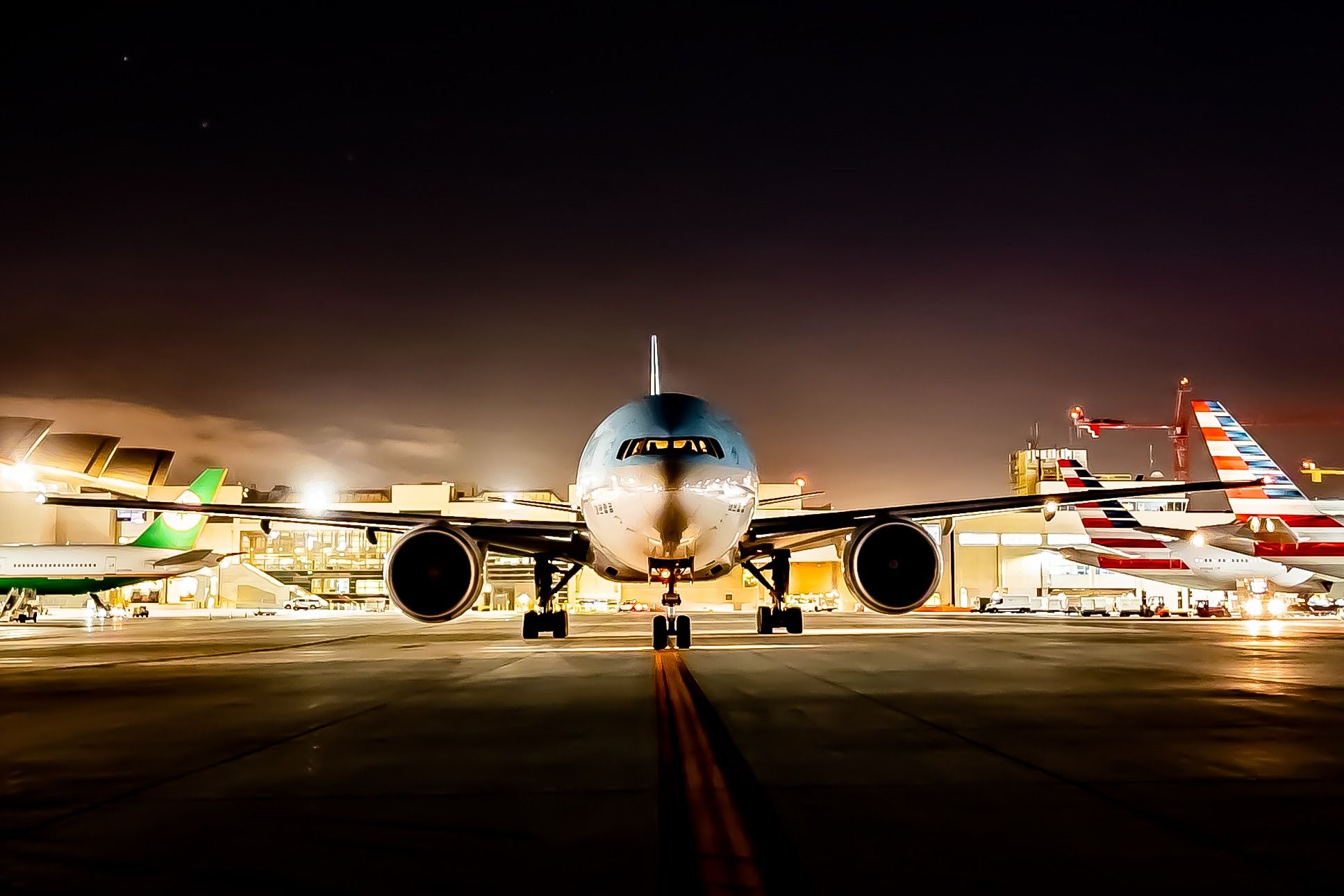
Related
The Challenges Of Flying At Night: A Pilot’s Perspective
Finding the airport and taxiing are slightly more difficult compared to daylight hours.
EASA
European pilots earning ratings under EASA provisions spend considerably less calendar time earning flight time. Interestingly, many EASA students (and other pilots worldwide) earn ratings in US flight schools. These students tend to fly anywhere from 200-300 hours before returning to their home countries to finish training.
Pilots who train under EASA rules spend considerably more time studying for tests than FAA students. EASA students prepare for and must complete a series of 14 theoretical tests before commencing their flight training, a process that makes getting to the airlines in Europe and the US about equal in time.
Photo: NicolasVC I Shutterstock
Pilots can earn their ATP and type ratings after completing flight training and hour-building. One of the most significant factors determining how long it takes to get to the airlines is how many airline jobs are available for pilots. The hiring environment in early 2024 is strong, but pilots know that hiring ebbs and flows over time. Completing training in a slower hiring environment can add a couple of years to the time needed to get to the airlines, but thankfully, this was not the case at the time of writing.
To journey to the flight deck
Military pilots take 6 to 12 years to reach the airlines. Civilian time from zero flight experience in an airline flight deck is 2.5-5 years, though the time needed for flight training varies based on many factors. New pilots must approach training with an understanding of the timetable to build expectations and stay motivated. Though the journey is long, the perspective gained from the road to the airlines makes the job remarkably special.
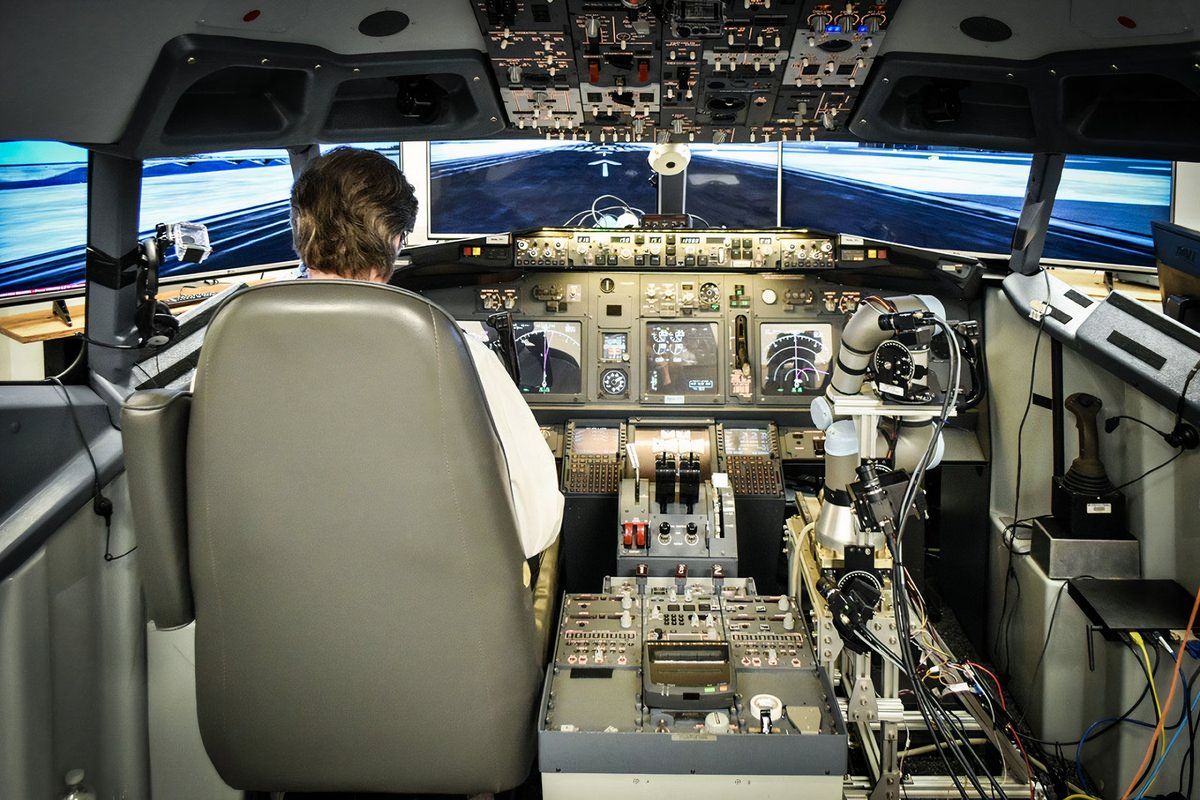
Related
Are AI Co-Pilots Something To Be Worried About?
The debate around the use of AI in aviation continues. Single Pilot Operations have become a lively debate topic in recent years, and the prospect of sharing the flightdeck with a ‘robot’ has got some pilots jittery about everything from job security to safety. While I can’t get onboard with Single Pilot Operations just yet, I can see the advantages of having a co-pilot who tirelessly monitors all the massive amounts of data pilots receive from the aircraft in flight. The AI co-pilot doesn’t need to take a break, can process complex calculations in seconds, and can provide the human pilots with increased situational awareness, enhanced safety and a reduced workload. However, I fully believe this should be ‘in addition’ to human operators, not ‘instead of’. Maybe the time will come when we’re ready to let the robots take the controls of the right seat, but that seems a very long way off right now. For the time being, aviation should embrace the potential for AI to reduce pilot fatigue

